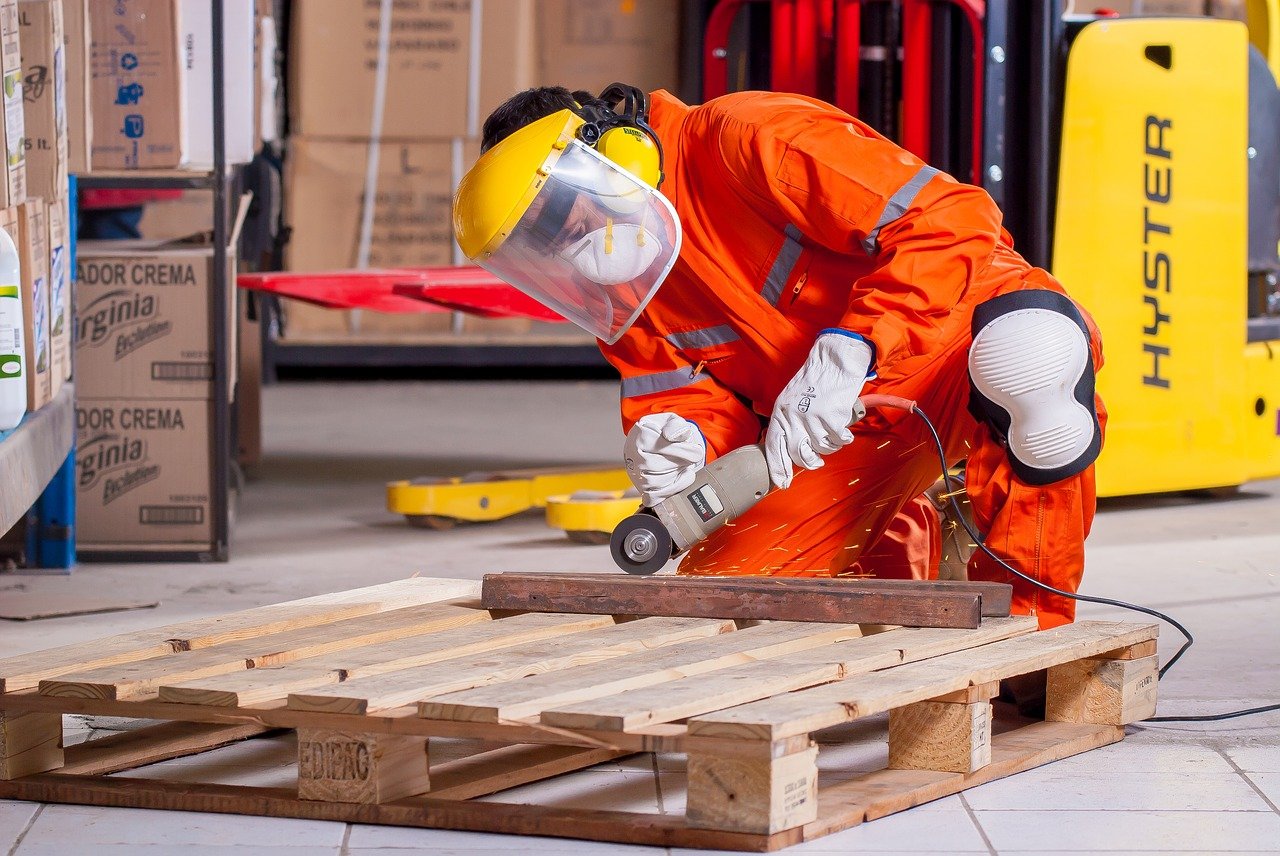PPE and other industrial safety equipment are frontline defenses against workplace hazards. These tools shield workers from a variety of risks, provide measures to mitigate or minimize incidents, and ensure compliance with regulatory standards. Their proper use and maintenance reinforce a safety culture that boosts morale and highlights your company’s commitment to safeguarding employee health and well-being.
There’s a critical piece to the previous statement that bears emphasis: Proper use and maintenance. Simply having equipment isn’t enough.
Your company has a moral and legal obligation to verify that PPE and personal safety equipment is properly maintained and inspected and that workers are trained on its correct use.
Requirements for PPE in various industries are specified under different OSHA standards for general industry, maritime, and construction. Furthermore, OSHA requires that many categories of personal protective equipment meet or be equivalent to standards developed by the American National Standards Institute (ANSI).
OSHA has standards related to ventilators, respiratory protection, electrical protective equipment, and personal fall protection. The details of maintenance and inspection can be very granular based on the specific equipment.
It’s also worth noting that even when workers provide their own protective equipment, the employer is responsible for ensuring its adequacy, including proper maintenance and sanitation.
When we talk about PPE and personal safety equipment, we’re commonly referring to items such as:
|
|
These are fairly common items around industrial and construction workplaces, but it’s also too common that we fail to place proper attention on safety equipment testing and the importance of regular safety inspections for these tools.
There are other important pieces of safety equipment that many companies utilize less routinely. Examples include:
|
|
Because these items may be used infrequently and stored for extended periods, inspection and testing take on added importance.

Regular maintenance, testing, and inspection of safety equipment and PPE are a critical component of workplace safety management. The obvious reason is to maximize the safety of your workers. But these vital steps ensure:
Functionality and Reliability – Regular checks identify defects or wear and ensure equipment functions as intended.
Compliance with Safety Standards – Adhering to OSHA regulations and industry standards ensures legal compliance and reduces the risk of penalties. (In many cases, these standards will be based on manufacturers’ guidelines to ensure your specific equipment is safely operational.)
Equipment Efficacy – Well-maintained equipment performs better, offering maximum protection to workers.
Long-term Value – Proper care will extend the life of safety equipment, increasing cost-effectivity.
Having and providing personal safety equipment isn’t enough. Employees must understand its proper utilization. OSHA requires that employers certify in writing that training has been carried out and that employees understand it.
Each written certification must contain the name of the employee trained, the date(s) of training, and identify the subject certified. Each employee should know at least:
You can’t – and shouldn’t – assume that everyone instinctively knows how to utilize and operate the gear that might be responsible for saving their lives. Training on safety equipment prevents unnecessary injuries and deaths. This is especially true about the equipment that gets used less frequently.
It’s too recurrent that companies miss or ignore the important steps of inspecting and training on safety equipment. Your safety leaders should always know how to test safety equipment and employ best practices for safety equipment training.
SITEX can help you build out a safety program that includes training and a system for equipment testing and monitoring, In addition to safety management and consulting, SITEX can also alleviate your maintenance and testing challenges by providing safety rental equipment that you know will be certified and compliant.
Don’t let oversight or negligence cost your company. Make sure you recognize and prioritize the importance of inspecting, testing, and training for your safety equipment. Use the form to contact us today with any needs or questions. We’re here to save lives.